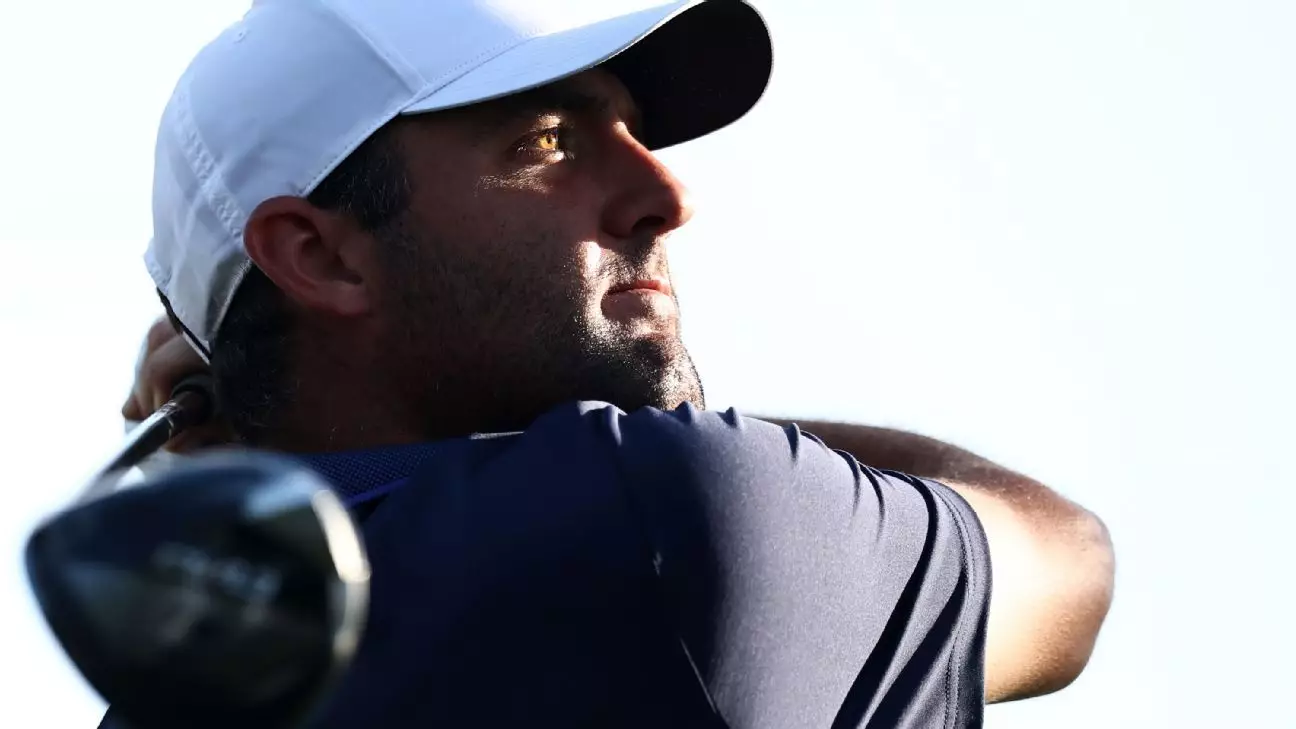The world of professional golf is marred by contentious debates surrounding the rules that govern the game, particularly when it comes to the equipment used by the players. Recently, the United States Golf Association (USGA) made headlines by declaring the drivers of several top professionals, including Rory McIlroy and Scottie Scheffler, as nonconforming. This newfound scrutiny highlights the lengths to which the sport must go to ensure fairness, but it beckons a larger question: is this an effective method for maintaining the integrity of the sport or merely an exercise in regulatory overreach?
For many fans of the game, the term “nonconforming driver” can feel like an elitist buzzword, echoing the ever-growing divide between the highest echelons of the sport and the average player. The testing of equipment—once a simple process—has escalated into an elaborate procedure that some claim undermines the competitive spirit of golf. It brings to mind a notion clung tightly by both players and casual observers alike: that golf, at its core, should be about skill and human ability, not just adhering to a set of ever-shifting rules about technology.
The Double-Edged Sword of Technology
The innovation of golf equipment has undoubtedly affected the way the game is played. The introduction of modern driver technology, with its promise of higher speeds and longer distances, fundamentally changes the parameters in which professionals compete. Critics of equipment advancements argue that they create a false sense of equality among players. If one player benefits from an edge provided by over-engineered golf clubs, is that really a level playing field?
In the recent PGA Championship, Scheffler voiced concerns about the limited scope of driver testing, suggesting that if the USGA was serious about fairness, they should examine the equipment of every player. While this sentiment resonates with many, it raises further issues about the practicalities of such extensive testing. Would every swing, every player, be thoroughly analyzed, thereby lengthening events and yielding even greater complexity in an already dense rulebook? The solution isn’t as straightforward as it might seem.
Players Speak Out: A Call for Fairness
Voicing frustrations among their ranks, two-time major champion Xander Schauffele and Scheffler himself have echoed a popular sentiment: that fairness should not limit its reach to a select group of competitors. If the goal is to foster a sport founded on integrity, then it should stand to reason that all players should be subject to the same standards.
The implications of this disparity and selective testing are far-reaching. It seeds doubt not only in competitors’ minds but also in the fans who follow their heroes. A player like McIlroy, who tied for 43rd in driving accuracy at the championship, may end up facing unfair scrutiny, while others with presumably non-conforming equipment continue on their way, largely unchallenged. The very act of singling out a few affects the entire landscape of the sport, leading to a schism in trust that could taint the legacy of champions.
A Rigorous but Balanced Approach is Required
The fundamental question is not just about whether testing is necessary, but how it is applied. Fairness isn’t merely about keeping technological advancements in check; it is also about ensuring that all players are equally respected and subjected to the same standards, regardless of their rank. Perhaps it would do the sport a favor to reevaluate their approach to testing, balancing rigorous regulation without the perception of favoritism.
Golf is revered for its history, tradition, and the integrity with which it has maintained those values. As the game evolves, the need for strict regulations will remain paramount, yet the manner in which these regulations are enforced should foster a sense of equality rather than exclusion. It’s time for the USGA to question whether they are acting in the spirit of the game or whether they are simply perpetuating a system that divides players rather than uniting them. It may be time for a shift—one that prioritizes fairness for all, rather than the ephemeral whims of an increasingly sophisticated technological landscape.



Leave a Reply